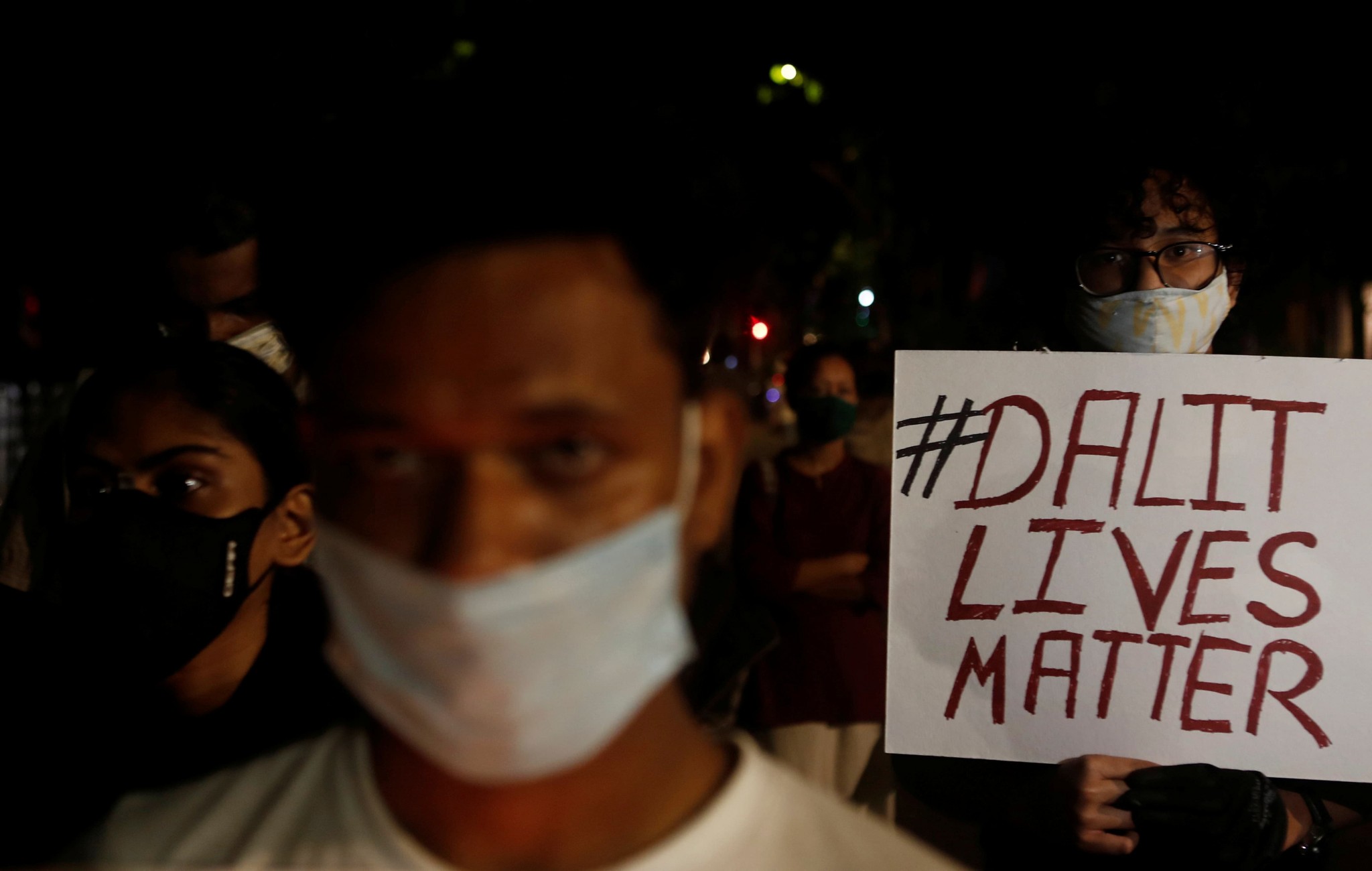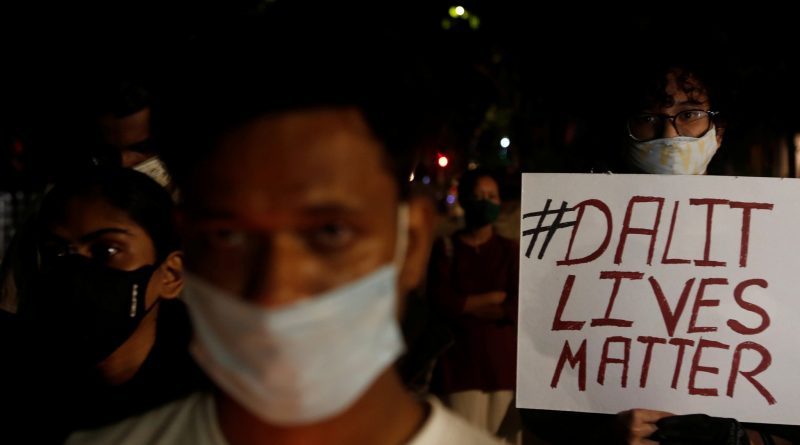Rape and Subsequent Death of Dalit Woman Sparks Pain, Outrage in India

By Samantha Schell
International News Writer
On September 29th, a 19 year old woman from the Dalit community died in the hospital after a two week struggle for her life. She was raped and strangled on the 15th and admitted to a hospital in her home state of Uttar Pradesh, but her condition was so critical she was brought to New Delhi to be treated. The four men who allegedly raped her have been arrested and are currently under investigation. According to the police, these men have previously been charged for crimes against minors. Immediately after the victim passed away, the police cremated her body and the family were not allowed to perform her final rite, along with there now being no physical evidence of rape. An important detail in this case is the caste system, and the difference in status between the victim and the alleged perpetrators.
Although the caste system was officially abolished in 1950, the hierarchy has in many ways continued to be forced upon the people of India at birth. The victim was a Dalit, which is the lowest caste and members are often referred to as “the untouchables.” The alleged rapists, in contrast, are from an upper caste. According to the BBC, around 10 Dalit women are raped every day. In a 2005 study conducted of 500 Dalit women who had experienced violence, 2 out of 5 women said they did not report the crime because they feared their offends, the social stigma, or the idea that they wouldn’t receive justice. This fear is unfortunately justified, as Dalit women’s rape cases have a 2% conviction rate, as opposed to 25% for all women in India according to the International Dalit Solidarity Network. These women are constantly facing the danger of being assaulted or raped with impunity. In 2006, a study of 500 Dalit women found that 54% had been physically assault and 23% had been raped. Many citizens in India want to see a change and have taken to the streets in protest.
There have been protests outside the New Delhi hospital, condemning the actions of the police and demanding protection for the women of India. The police have not been kind to these protestors, as they have begun to criminally charge them with conspiracy and sedition. Ajay Singh Bisht, the chief minister of the state, has said that these protests are taking place to upend the caste system and create riots. He believes that they are conspiring to create anarchy. There have also been counter protests, as some people have sided with the alleged rapist. This was also seen when an 8-year-old girl was raped and killed, and frustration regarding the lack of protections for women happen frequently in the country. That reaction reflects the discrimination that the lower castes still face. The latest studies have shown that violence against Dalit women has continually increased, indicating that if India is to become a truly equal society, much work still needs to be done in implementing necessary protections for the vulnerable.
Contact Samantha at samantha.schell@student.shu.edu

